The 11 Best Education Articles From July: How States Are Crafting Reopening Policies, Why Parents Are Bracing for a Chaotic Re-entry, When the Preschoolers Disappeared & More
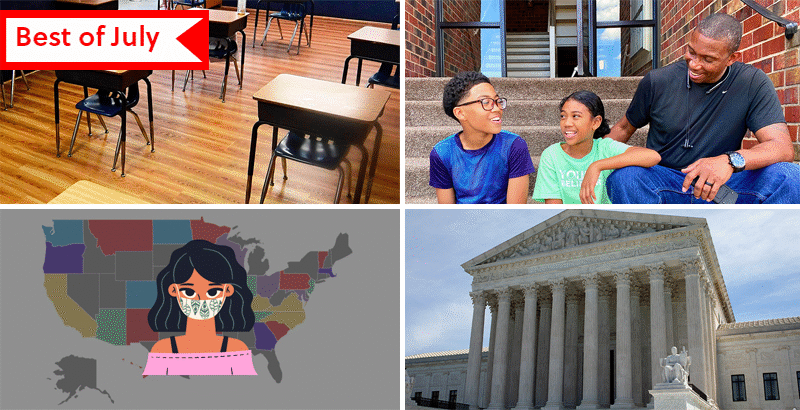
Every month, we round up our most popular and buzzed-about articles from the past four weeks. (Go deeper: See our top highlights from June, May and April right here)
Many of the top stories this month shifted our focus forward, from a lost spring semester to the turbulent 2020-21 school year looming on the horizon, as states, school leaders and parents grapple with how to get so many struggling students back on track amid a public health crisis. Beyond our coronavirus coverage, we also took stock of a historic Supreme Court verdict involving religious schools, covered the mounting calls to remove police from districts and profiled the students who are holding their school board members accountable for racist activity on social media.
Our 11 most-shared articles from the month are below. Follow our ongoing coverage of the pandemic, school reopenings and concerns about student learning loss at The74Million.org/PANDEMIC; you can also get alerts about our latest exclusives and analysis by signing up for The 74 Newsletter.
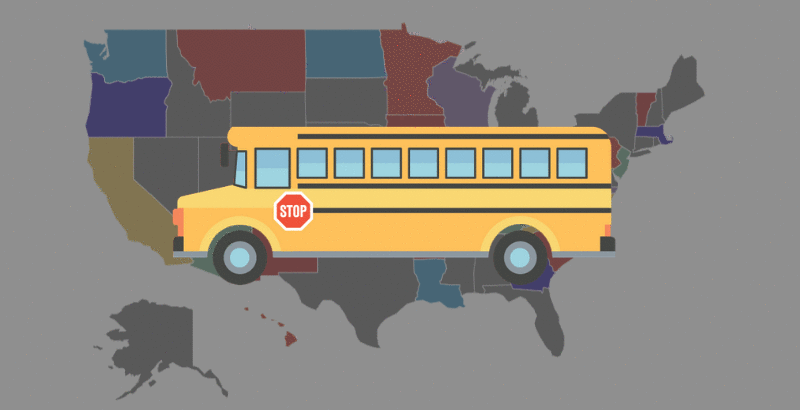
Interactive: Screening for COVID-19 symptoms as students step on the morning school bus. A handwashing station as they walk into school. Lunch in classrooms. A brief break from wearing masks. Midday dismissals so buildings can be cleaned before afternoon students arrive. In-school morning classes and at-home learning for the rest of the day. Amid the increasingly politicized debate over whether schools should reopen, states are developing detailed plans for how to do it. Those plans are very different, even varying from district to district and from state to state. So the folks at FutureEd, a think tank at Georgetown University’s McCourt School of Public Policy, analyzed states’ guidance and have broken down all the varied mandates and recommendations for keeping students and teachers safe and healthy. Read some key takeaways from contributor Brooke LePage, and see our interactive maps, produced by The 74’s Meghan Gallagher; scroll over each state to view the details in six key areas: meals, school schedules and classroom setup, school buses, temperature checks and symptoms, face coverings and handwashing. Dive into the full package right here.
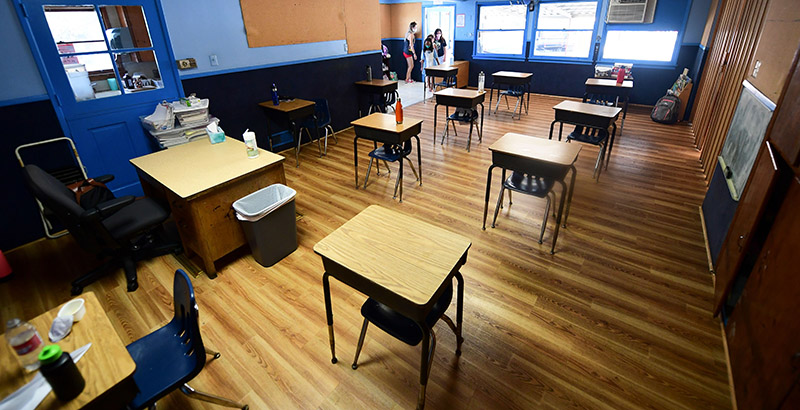
Back to School: Despite President Donald Trump’s threats that schools must reopen, an increasing number of districts are deciding to remain remote for the beginning of the school year in light of surging coronavirus infection rates and mounting concern from parents that it’s not safe to return to school. Even so, many school and district leaders are essentially still planning for multiple options that include hybrid models with some students in the buildings and some learning from home. The experience from Israel suggests that if schools jump to full classrooms too soon, any gains in fighting the disease from earlier lockdowns could be lost. “We are being asked to do the impossible,” said one superintendent. “There are no great scenarios here.” Linda Jacobson has the story, published in partnership with Newsweek.
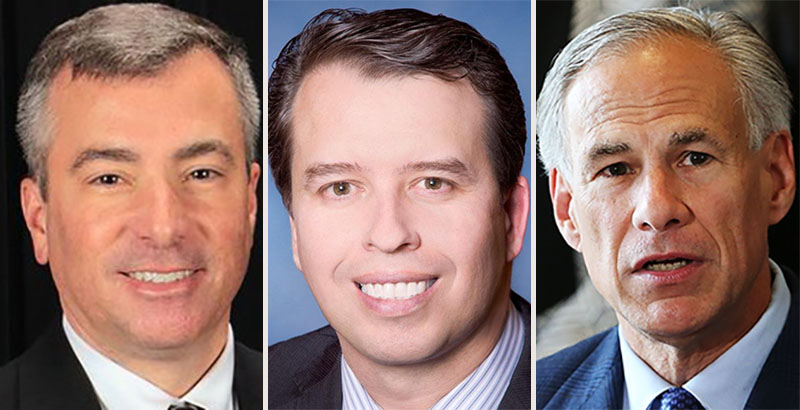
Reopening: School superintendents in San Antonio had a data-driven, controlled plan for bringing the highest-needs students back to school in the fall, slowly ramping up to capacity with advice from local health authorities. Now, with coronavirus raging in the state and Gov. Greg Abbott demanding that full-time, in-person instruction be available on demand, two of the city’s district leaders say they feel as if they are playing a no-win game of chess. So far, the most the state has been willing to yield is eight weeks of online-only instruction. Unless something changes, districts have until October to plan their next move. Bekah McNeel has the story.
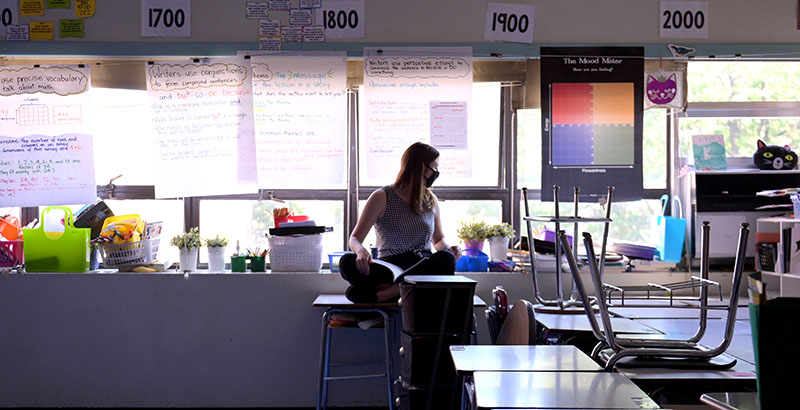
School Reopening Plans Fuel Fears of Teacher ‘Brain Drain’ — and Trump’s Threats Aren’t Helping
Teacher Safety: When the Texas American Federation of Teachers put a call out last week for an informational webinar on family and medical leave, disability claims and retirement, 4,000 people signed up. “We don’t want people to retire,” a union official said. But as schools prepare to reopen — often under political pressure — teachers and other school workers, who are particularly vulnerable to COVID-19 because of their age and close conditions in schools, may not be willing to go along. With infections raging statewide, he said, the school staffing picture is “a nightmare.” Across the country, surveys of union members show that most don’t want to go back to school until they feel it’s safe. As a result, even if schools nationwide open on time and offer in-person instruction, a large proportion of teachers and principals simply may not return. As one 53-year-old Texas teacher told The 74, “I love teaching. … But I’m scared to death right now.” Contributor Greg Toppo has the story.
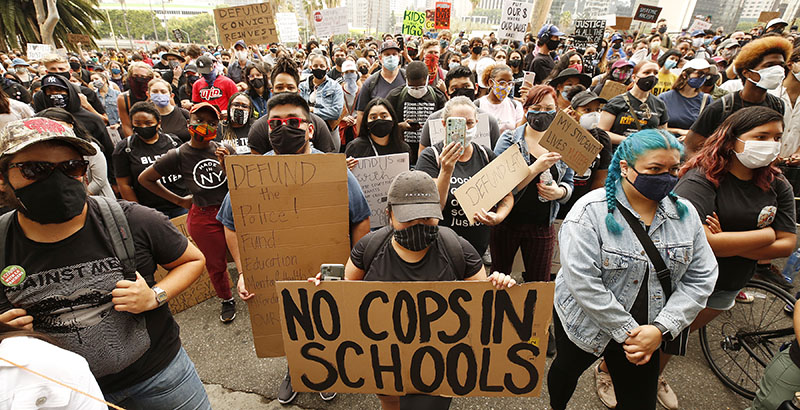
Police-Free Schools? This Suburban Minneapolis District Expelled Its Cops Years Ago
School Safety: As education leaders nationwide remove police from schools, there are few concrete examples of what comes next. Enter Intermediate District 287 in suburban Minneapolis, which opted in 2017 to replace school-based officers with student safety coaches, who employ an approach centered on addressing students’ mental health needs and de-escalating conflict. Racial disparities in youth arrests and violent interactions between students and officers have long motivated calls to remove police from schools, and educators at District 287 saw this play out firsthand. Though officers tased and body-slammed students, they said, their crackdown on misbehavior largely failed to make schools safer. Since the district removed its cops, school arrest rates have plummeted and safety coaches say they’re able to form positive bonds with students who distrusted cops. But a survey suggests that some problems persist: Just 54 percent of district educators report feeling at least as safe as they did before the safety coach program began — and roughly a third reported feeling less safe. Read more from The 74’s Mark Keierleber.
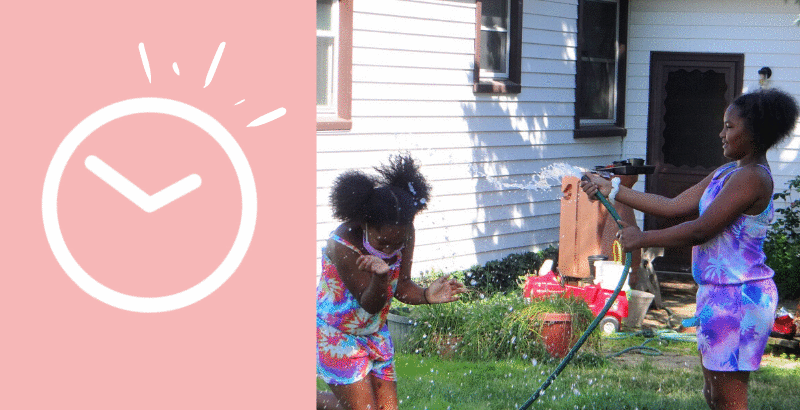
Making It Work: A Day in the Life of Families Living Through a Summer Like No Other
Parents: For parents, summer vacation is both a curse and a blessing. The pressure of remote lessons is now mostly gone, replaced with the challenge of finding enough activities to keep their children busy and active. The days and weeks are filled with monotony and uncertainty, punctuated by attempts to create fun, lightness and a sense of routine and to simply pass the time. The 74’s Taylor Swaak, Bekah McNeel and Patrick O’Donnell spent a day with families in Washington, D.C., Cleveland and San Antonio, and witnessed their struggles to get by. But they also observed that within the monotony is something vital: a strong core of care for one another that ties the days — somehow both endless and too short — together. Because of COVID-19, schools, jobs and most activities are not as reliable as they once were, leaving families to lean heavily on each other for a daily itinerary. See the full series.
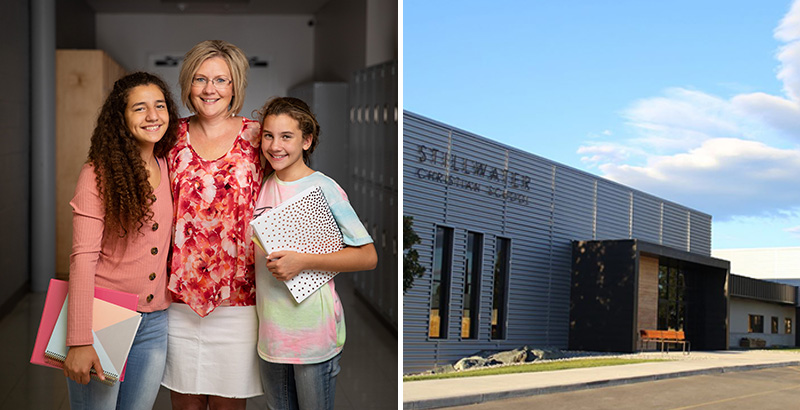
In 5-4 Espinoza Ruling, Supreme Court Allows Public Funding for Religious Schools
SCOTUS: When the Supreme Court heard oral arguments in Espinoza v. Montana Department of Revenue back in January, education observers immediately marked the case — triggered by the state’s decision to bar religious institutions from taking part in programs that subsidize private school tuition — as one with potentially historic significance. Then came months of headline-grabbing news: impeachment, COVID-19, civil rights protests and several significant decisions on abortion and LGBT rights. But no Espinoza ruling. Finally, in late June, a 5-4 conservative majority found that Montana’s actions were unconstitutional and religious schools may not be excluded from publicly funded programs that benefit their secular counterparts. “A state need not subsidize private education,” Chief Justice John Roberts wrote for the majority. “But once a state decides to do so, it cannot disqualify some private schools solely because they are religious.” The decision was hailed immediately by Education Secretary Betsy DeVos, who personally attended oral arguments, as “a turning point in the sad and static history of American education.” Progressives were vocal in their disapproval. Kevin Mahnken reports.
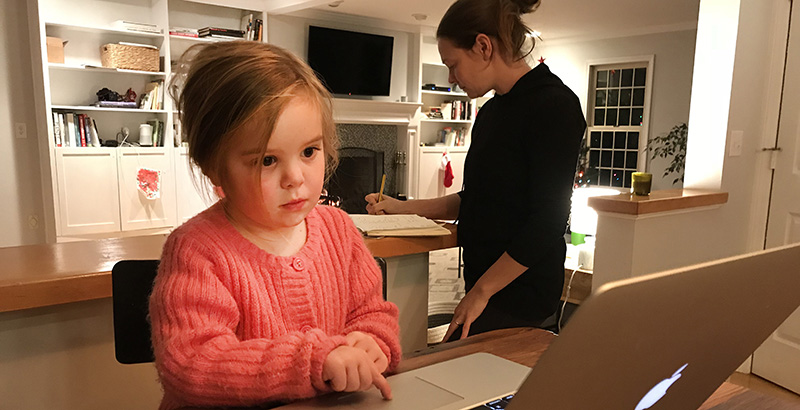
Early Education: Will preschoolers continue to miss out on learning this fall? That’s the primary question the authors of a new report ask about the pandemic’s impact on young learners. The National Institute for Early Education Research’s survey of roughly 1,000 families shows that even when early education programs offered activities such as reading a book or sending home math and science activities, most families didn’t participate. The fact that participation fell from 60 percent of young children to 30 percent suggests, as many experts have said, that distance learning for young children isn’t really learning. Meanwhile, reporter Linda Jacobson writes that when preschool programs begin to reopen, researchers are urging leaders to make those classrooms available to the children least likely to have strong support for learning at home, and to make sure those children are in the highest-quality classrooms. One researcher says New York City’s Mayor Bill de Blasio “should prioritize child care for parents struggling to keep food on the table, not Zoomers who can work from home.” Read the full report.
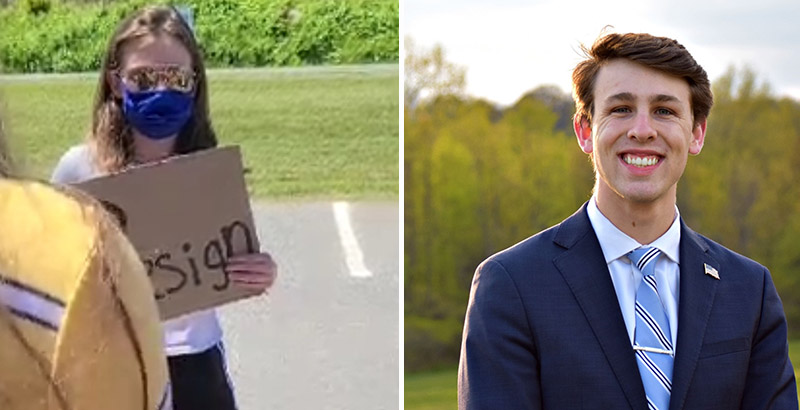
School Boards: When 16-year-old Emily Sullivan saw that one of the school board members in her district had posted a conspiracy theory about the death of George Floyd on Facebook and said Black Lives Matter protesters should be “hosed,” she didn’t waste any time. She organized a protest at district headquarters and started a petition calling on the board member to resign that quickly spread through her suburban New York community. The board member, who did not disavow the posts and seemed unwilling at first to quit, stepped down the day after the protest. Similar incidents are cropping up around the country as Americans grapple with racial discrimination in all corners of society — and it’s often students or former students pushing to hold officials accountable. Research indicates that school boards are more likely to be white, wealthy and Republican than their districts as a whole, setting up a clash with young people inspired by the waves of protests and savvy about organizing online. Youth activism is having a moment “as big as 1968,” one expert said, but whether that will change the composition of school boards is another issue. Laura Fay reports.
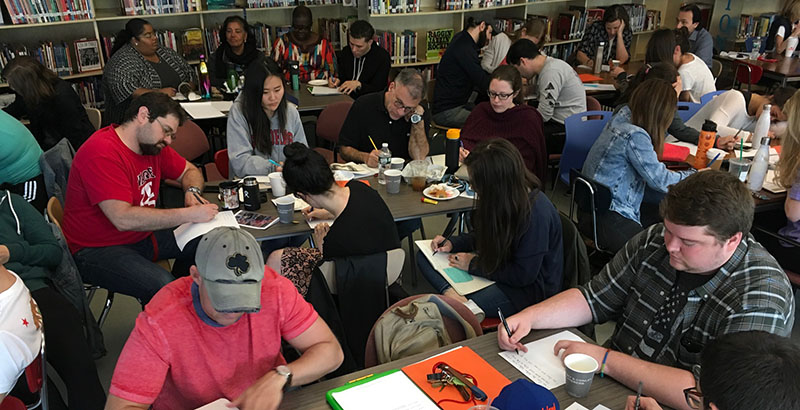
Teacher Training: Paul Forbes, director of educational equity, anti-bias and diversity at the NYC Department of Education, has run implicit bias workshops for two years, but the past four months have been different. Schools were shuttered by a global pandemic that continues to threaten September’s reopening, and a national reckoning is taking place over the long-standing inequities faced by Black Americans. Forbes hopes that the massive budget rollbacks brought on by the virus’s economic shutdown don’t cut too deep into his program and that staff can use this time to reflect. “People have been quarantined, folks have been sheltering in, and people are seeing things in the news and on the streets. They’re starting to think about the introspective work needed to understand their historical context,” he says. The training has been contentious from the beginning, The 74’s Zoë Kirsch reports, with some teachers dismissing it as a “whimsical, fluffy, liberal agenda” while others see it as a requirement of being an “anti-racist teacher.” Most who spoke to The 74 found the sessions useful. Of the 130,000 employees now slated to take part in the workshops by June 30, 2021, about 55,000 have — nearly 9,000 of them remotely since May. Kirsch dropped into one of those recent Zoom sessions, where Forbes told 107 participants, “You’re not going to end a session and be cured or healed or saved or sanctified. But you’ll be more aware.” Read the full story.
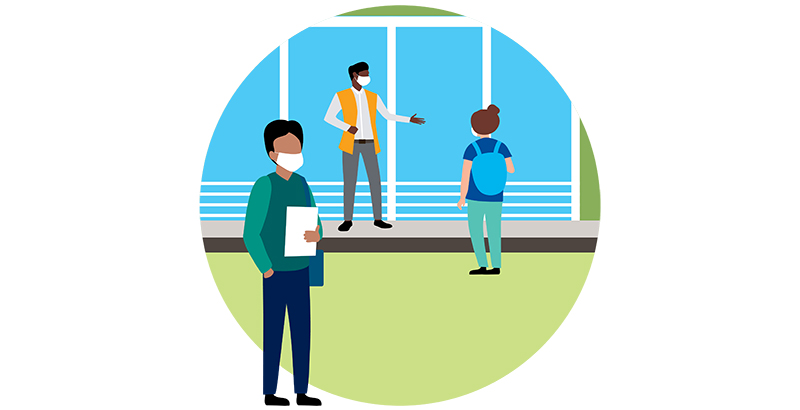
School Design: The uncertainty surrounding what in-building learning may look like come the new school year is posing daunting challenges across the United States. But while cafeteria salad bars and tightly packed events can be largely ruled out — at least for now — questions about how to do school in a socially distanced age have led architects to help districts plan for a variety of scenarios. Contributor Tim Newcomb spoke with some school design experts to get their takes on the modifications that will have to be made to allow for socially distanced learning. From handwashing stations at schoolhouse doors to enhanced air filtration systems to one-way hallways to gyms and cafeterias converted into classrooms to accommodate groups of students that can now number no more than 12, here are some key takeaways.
Help fund stories like this. Donate now!

;)